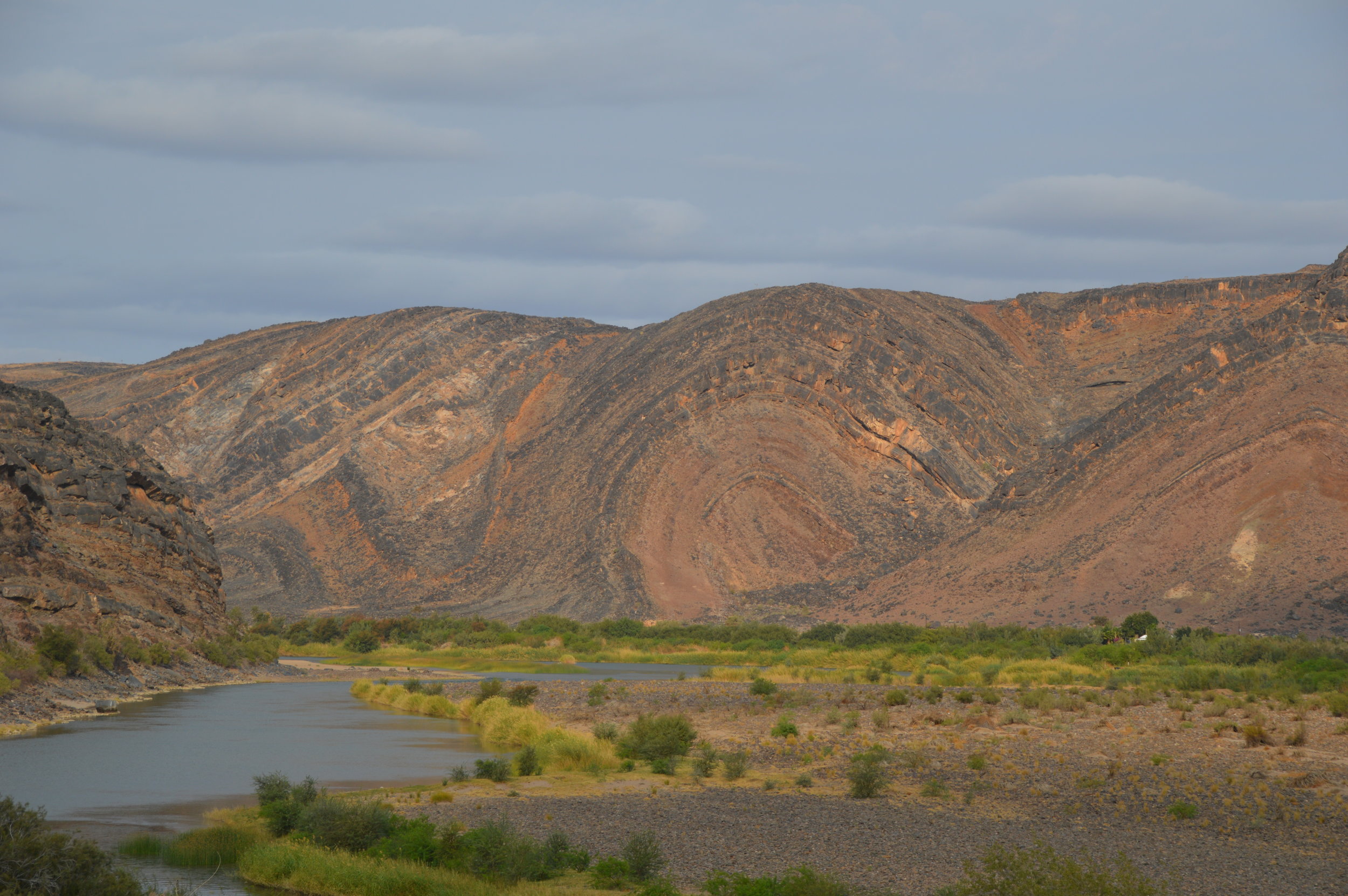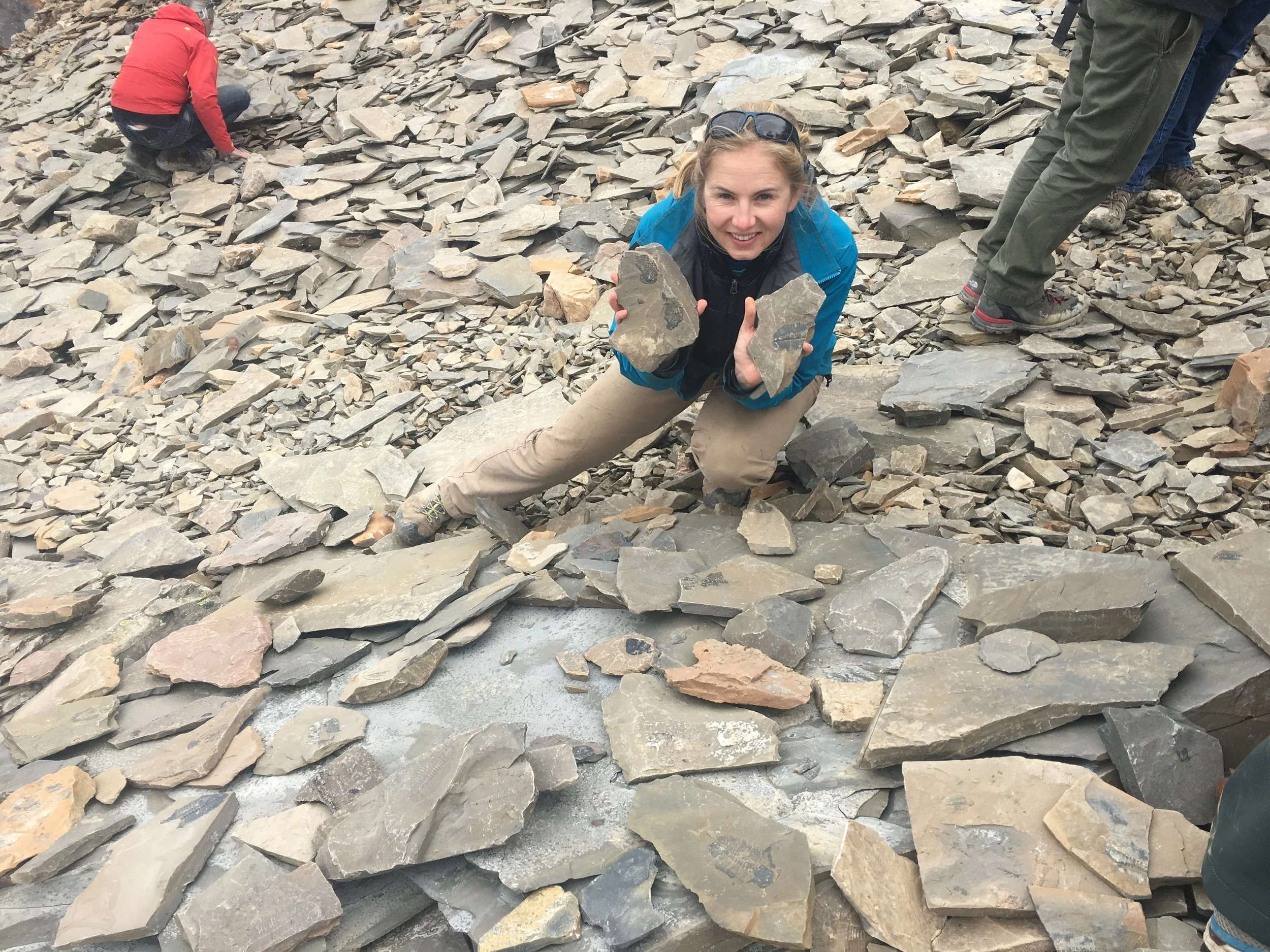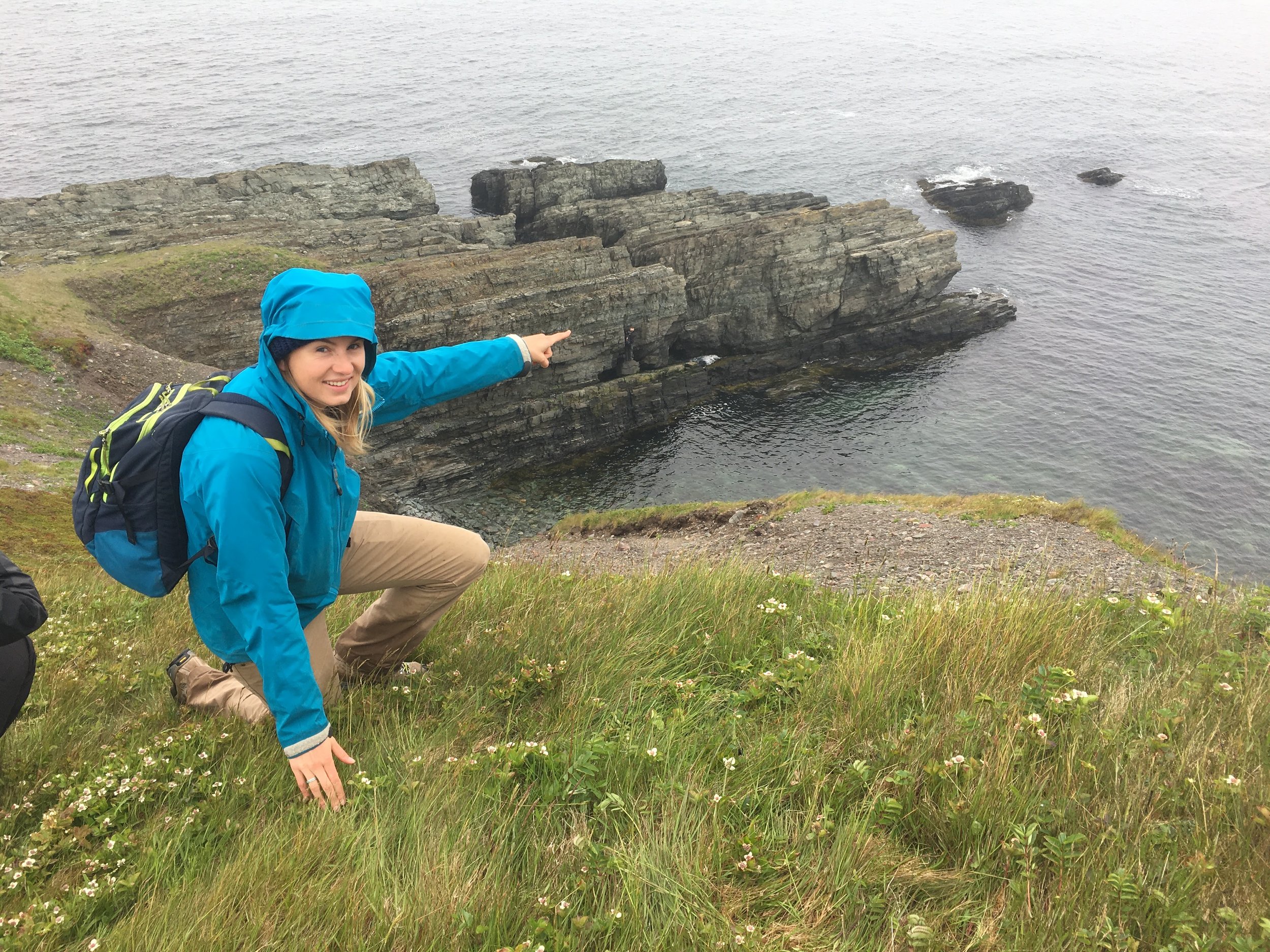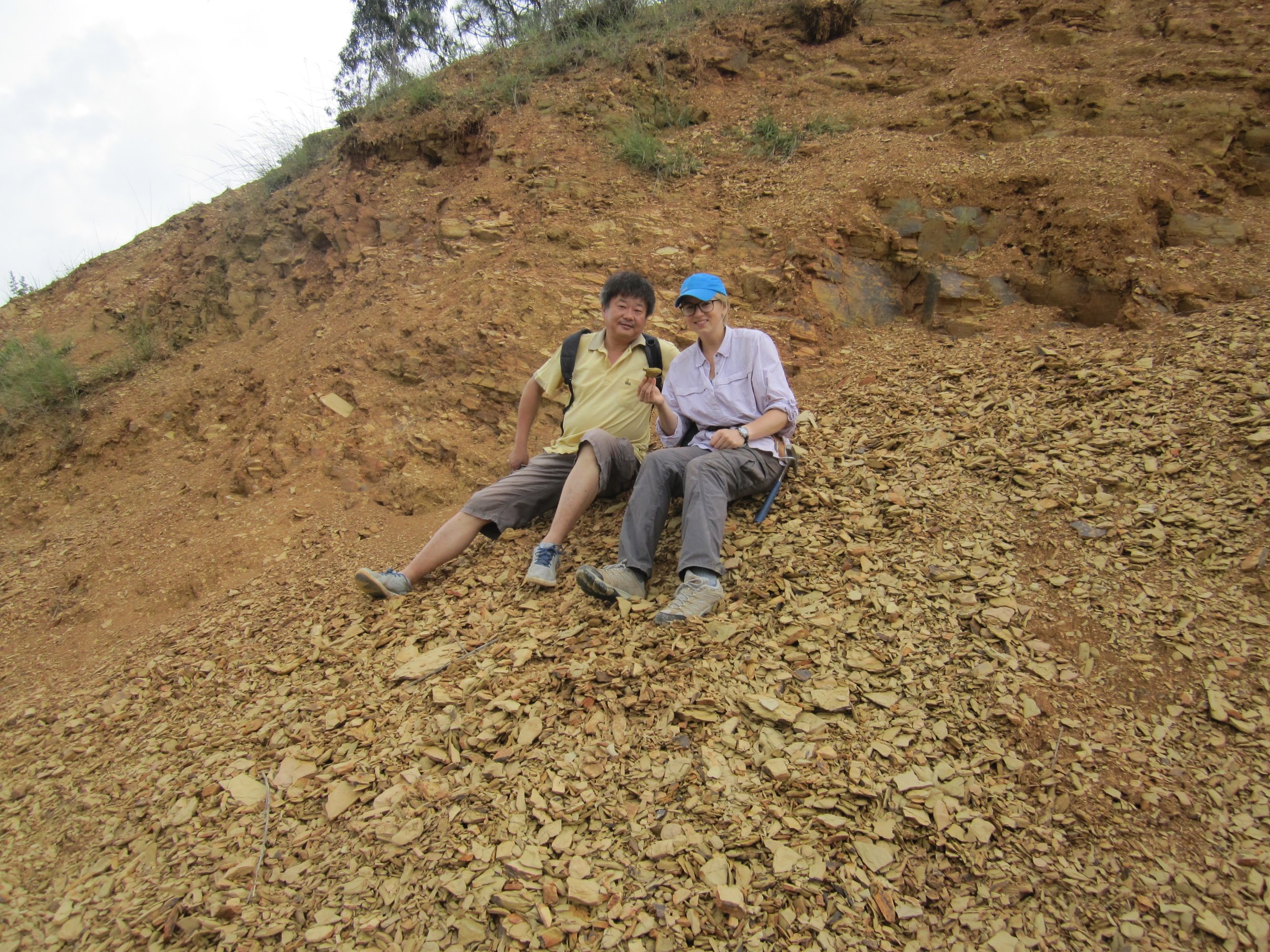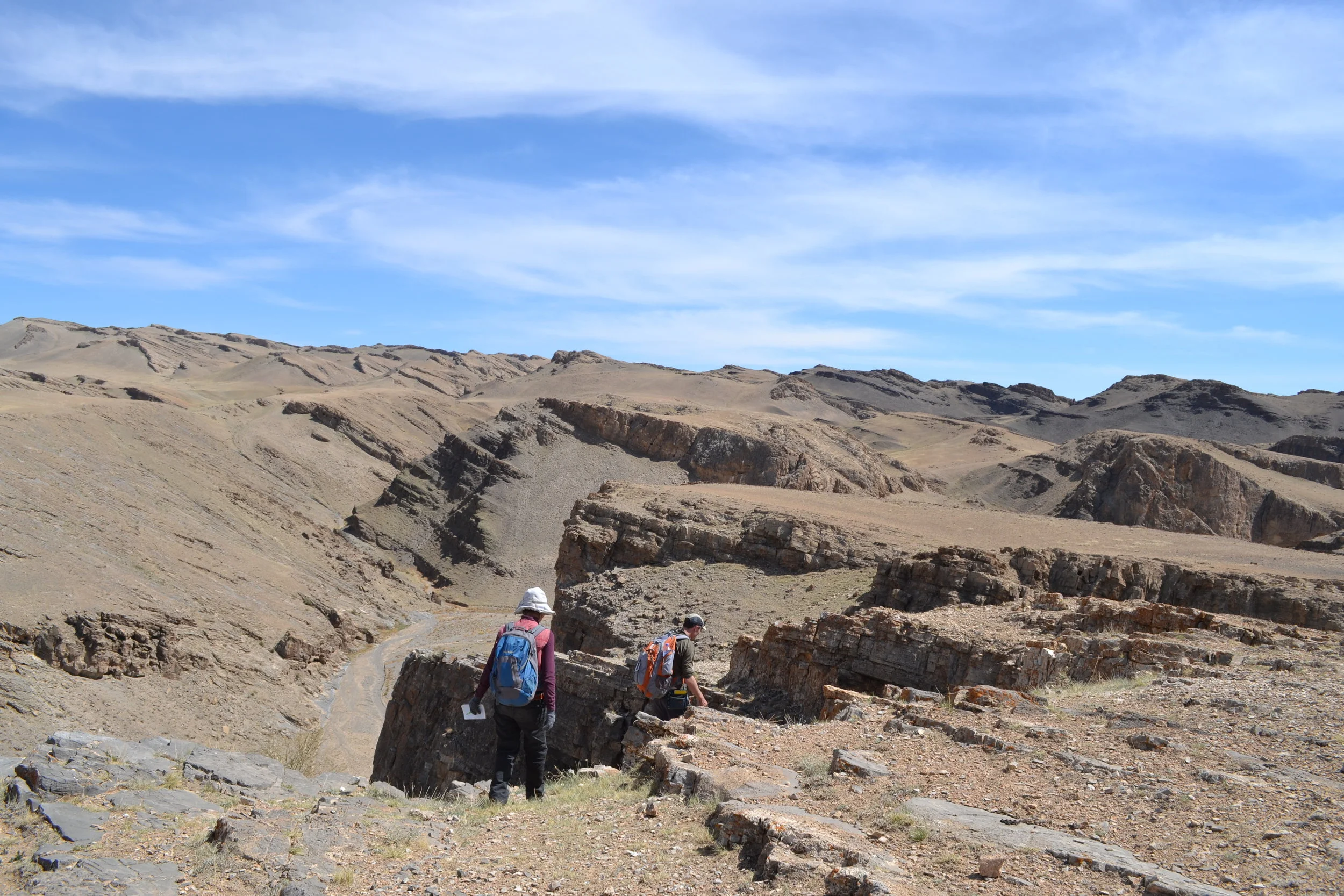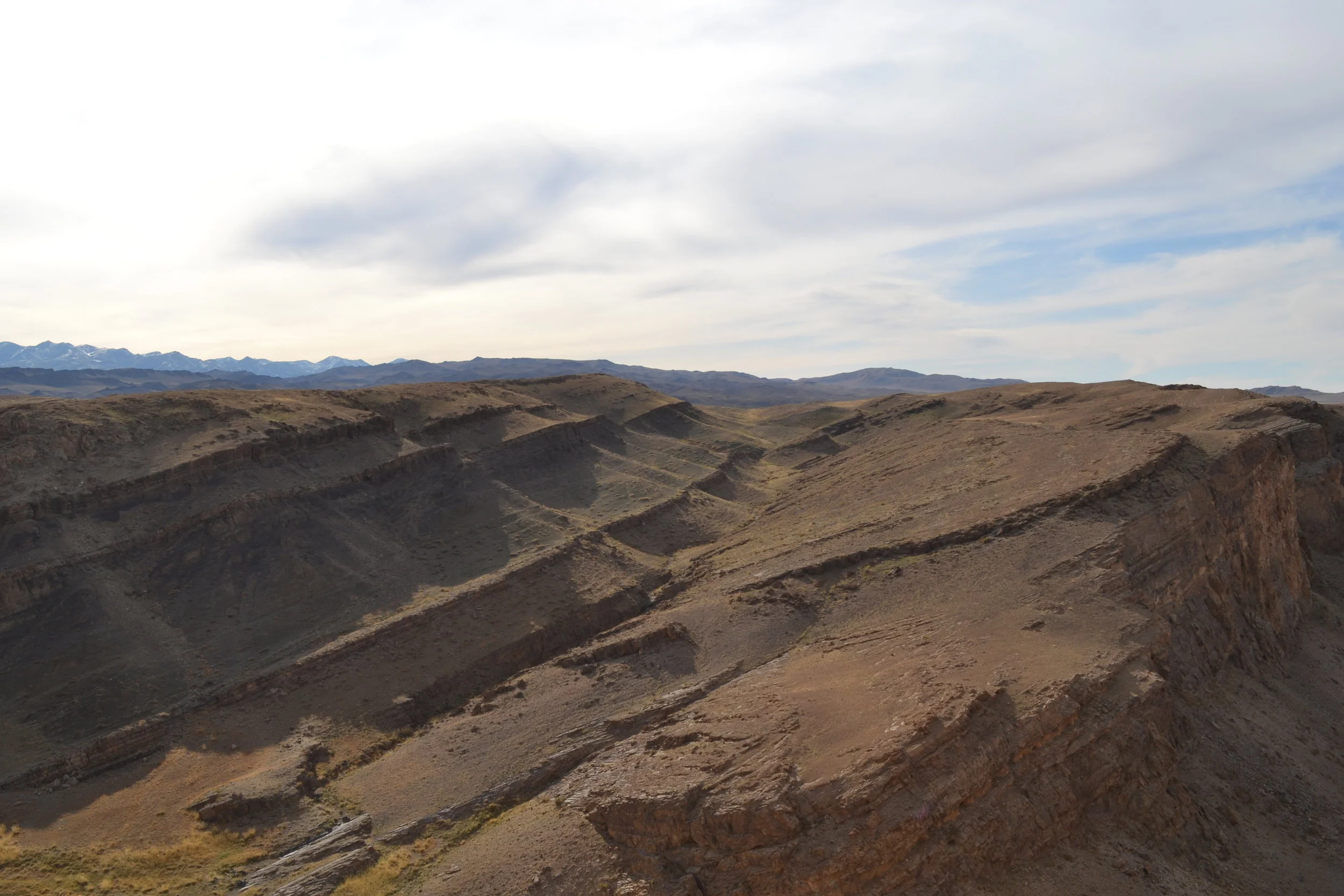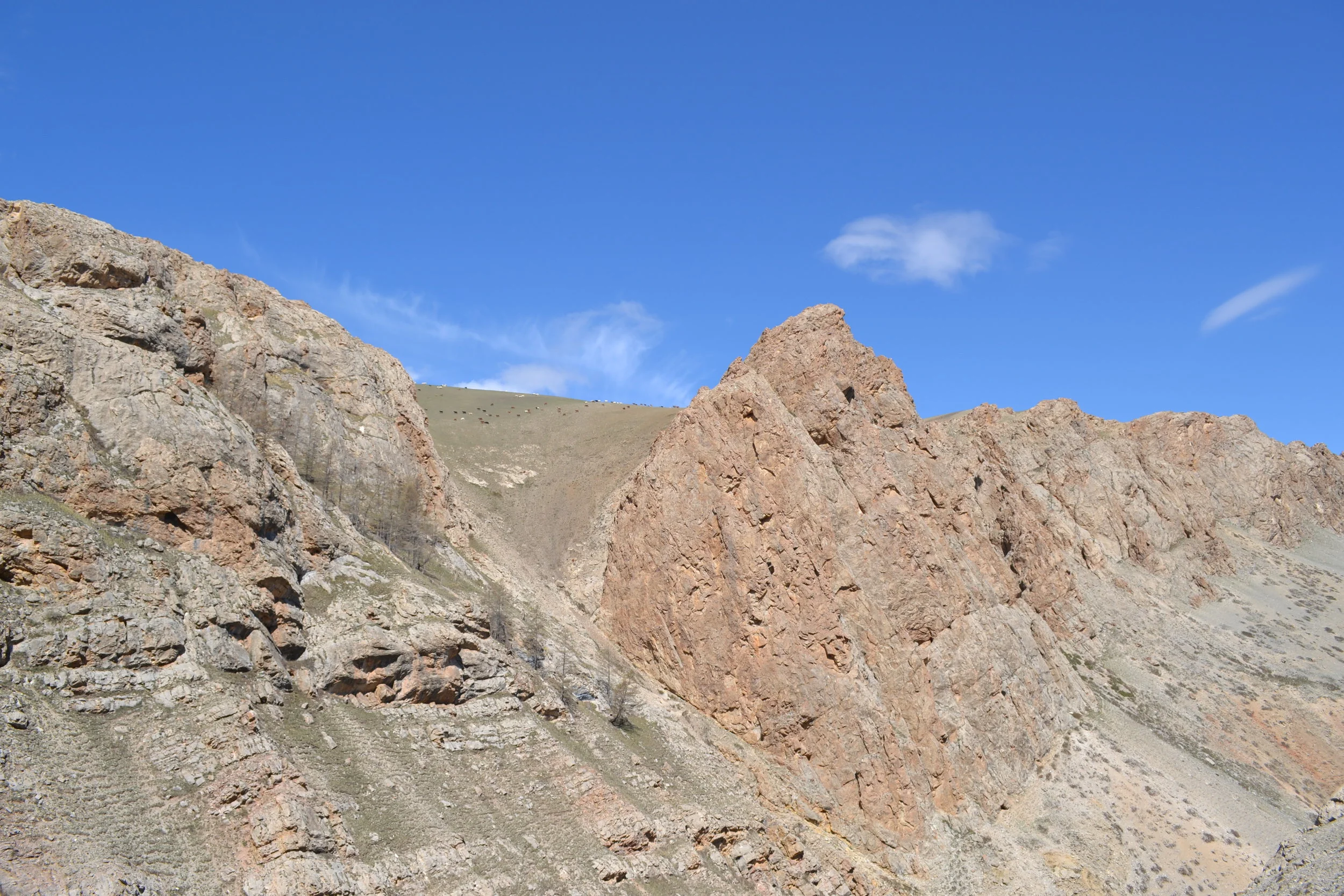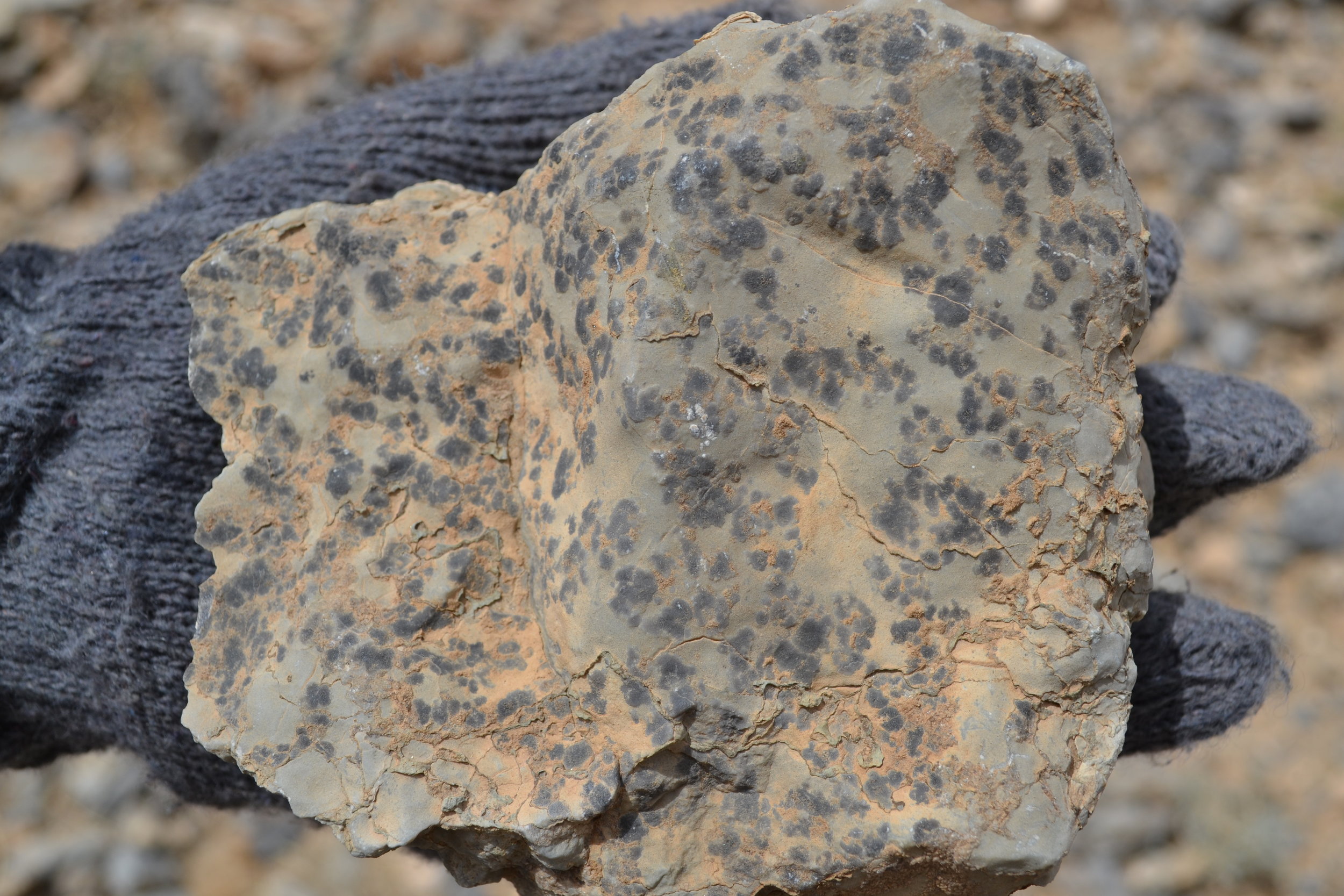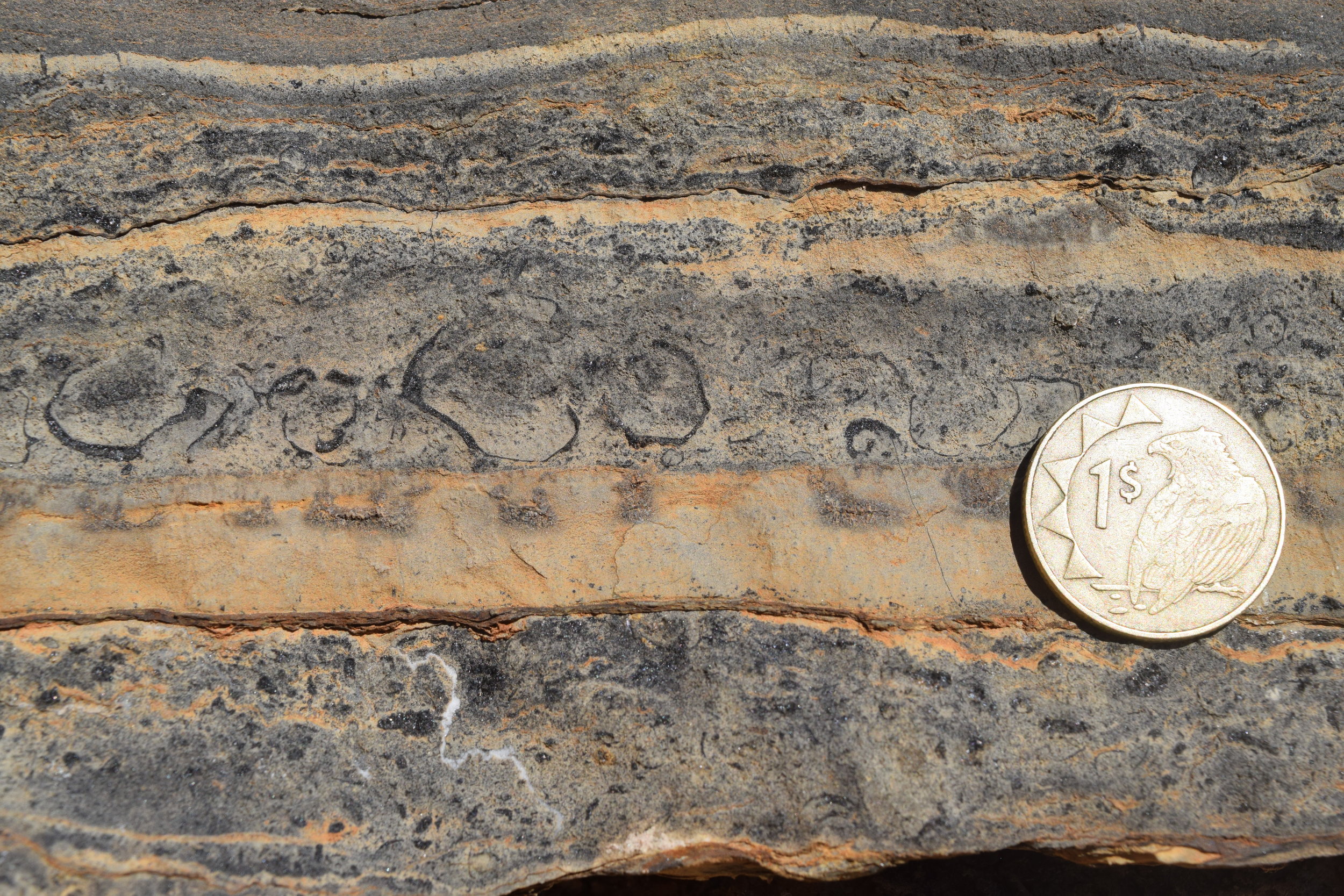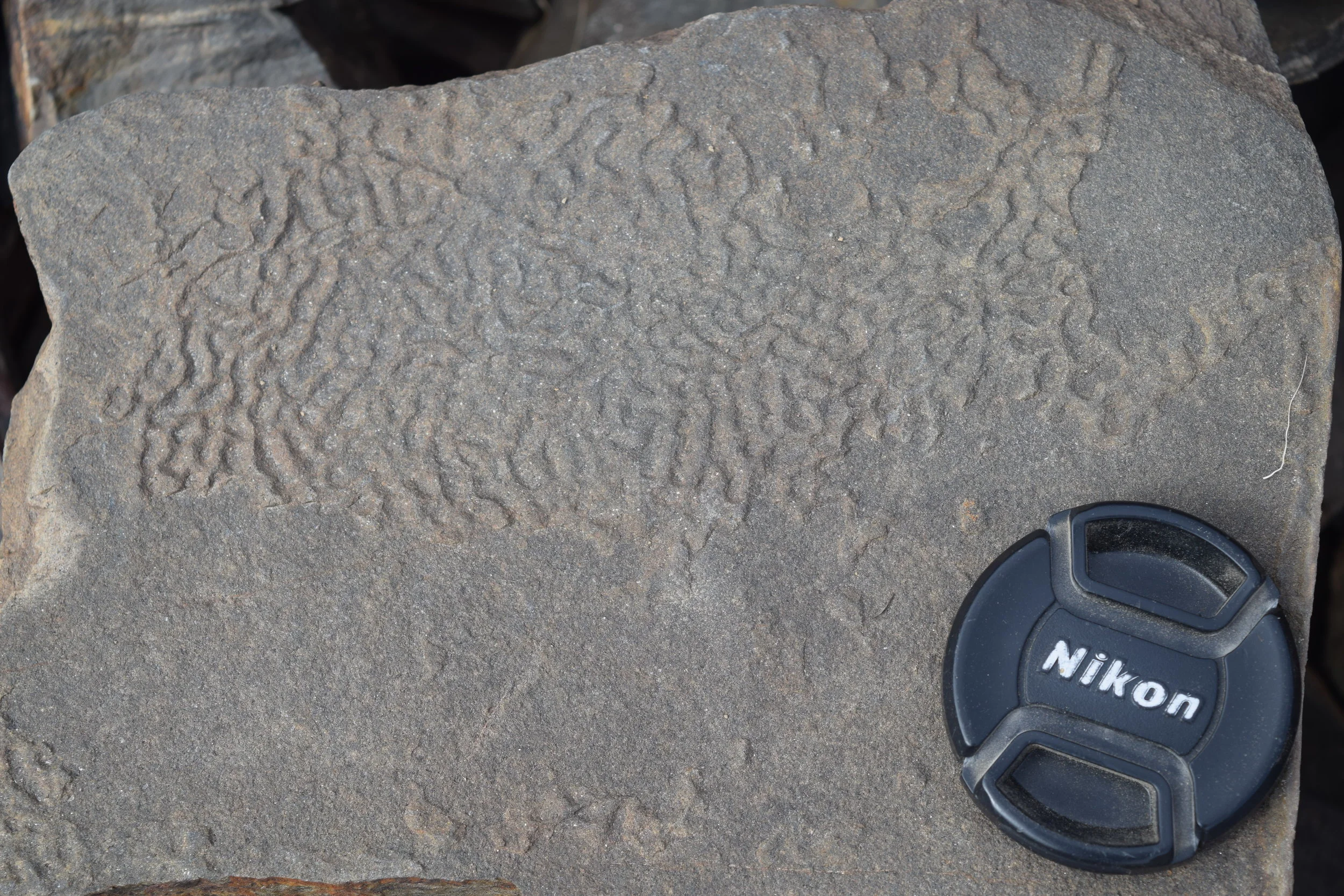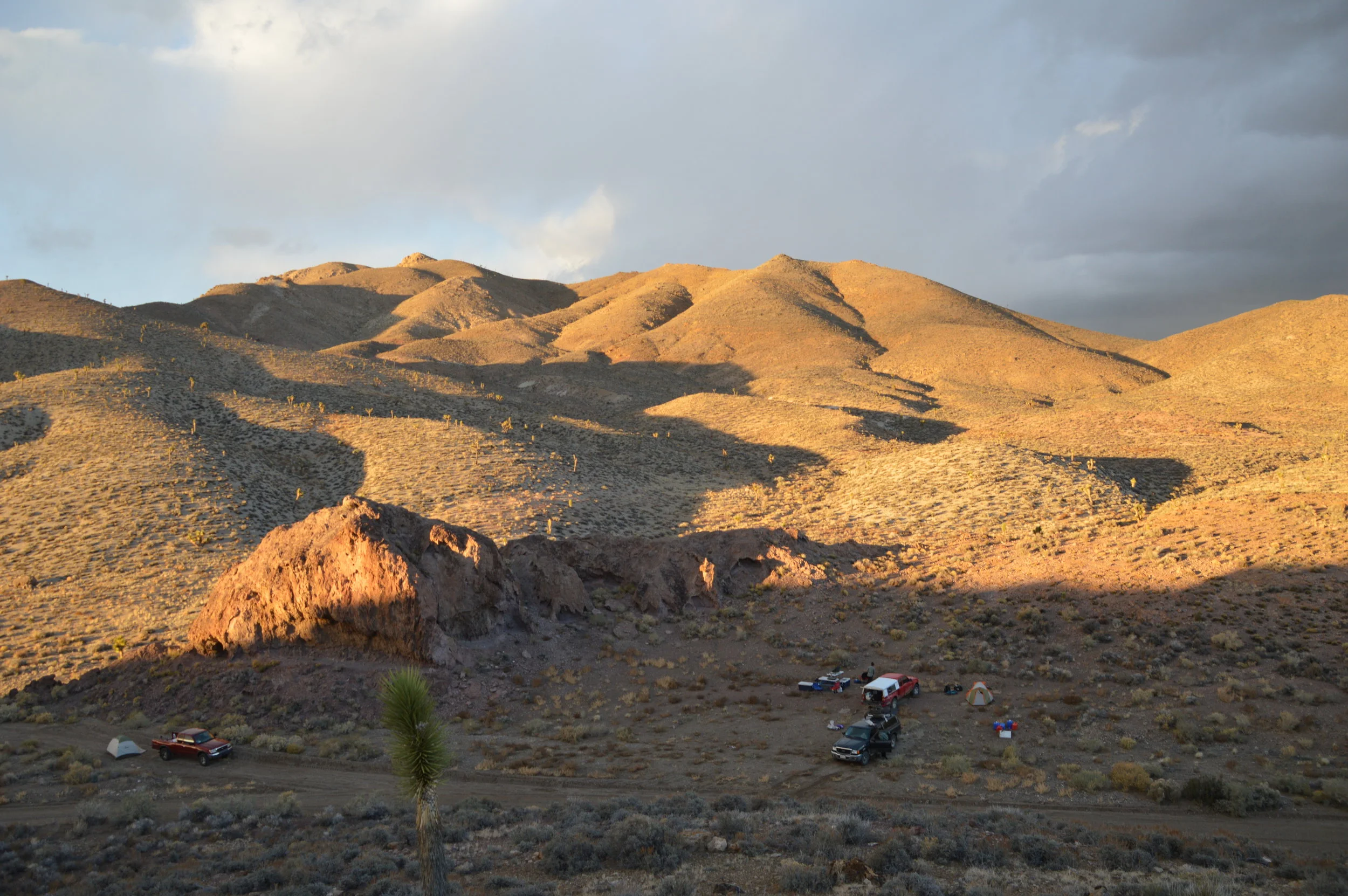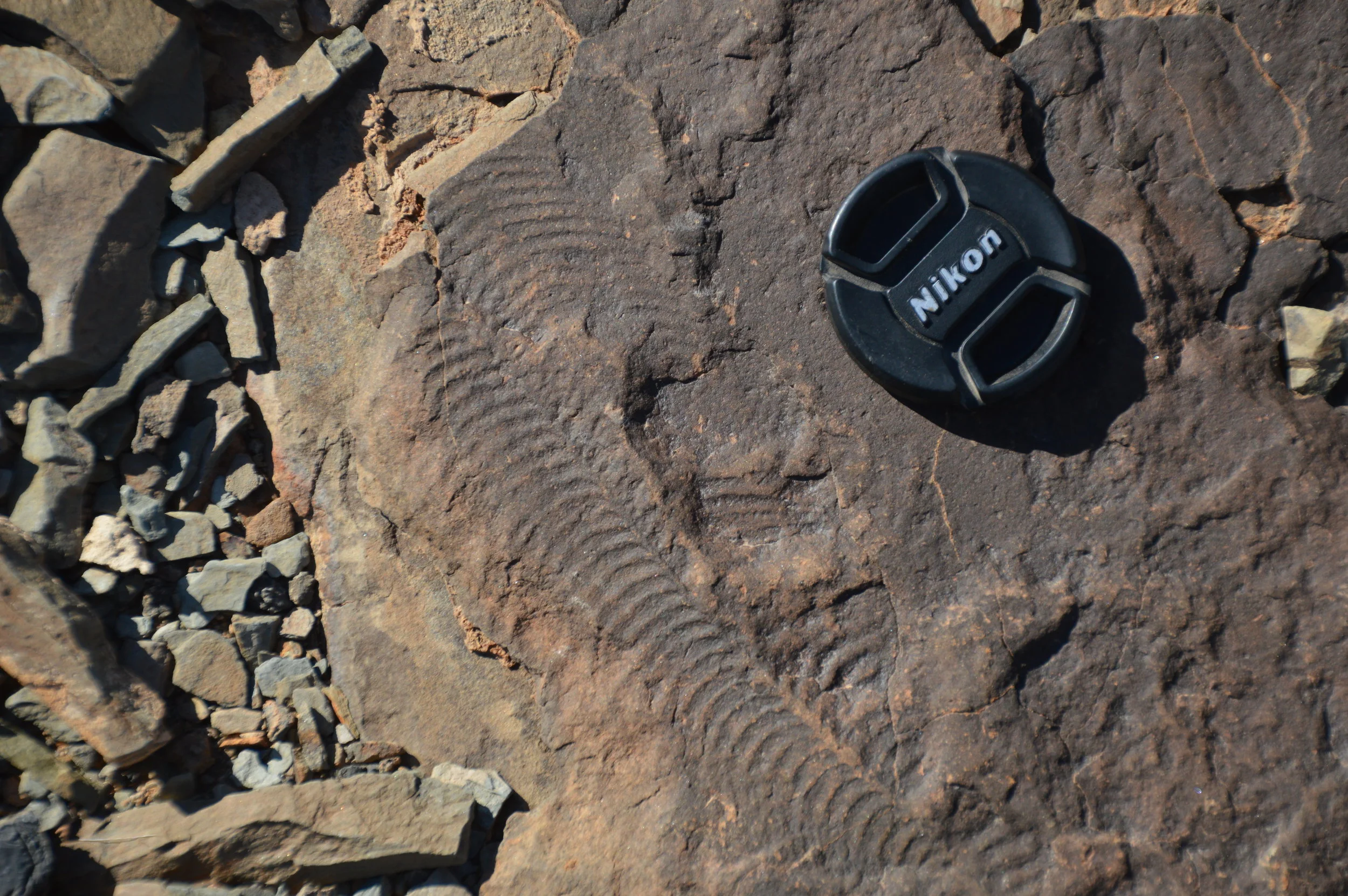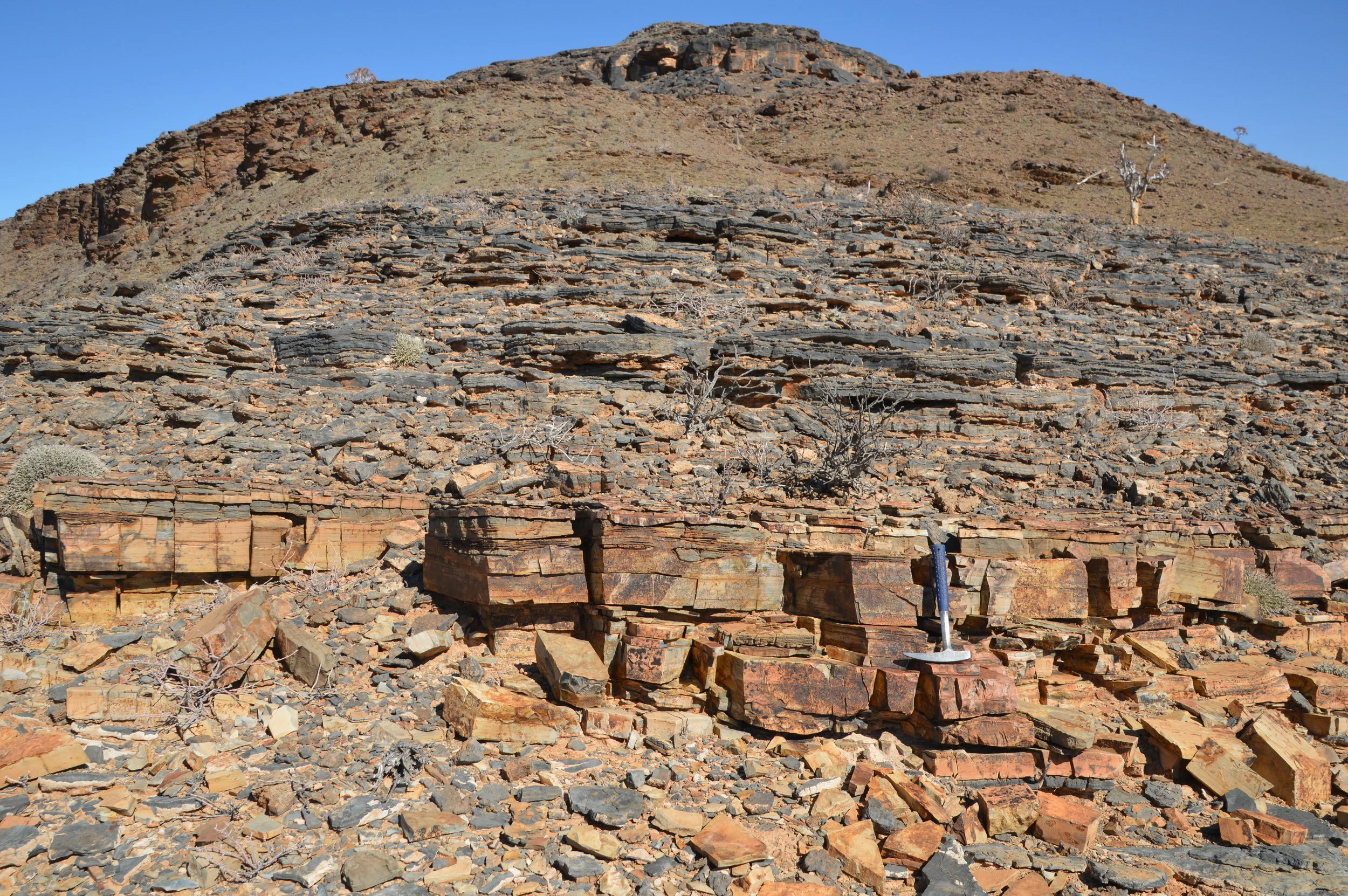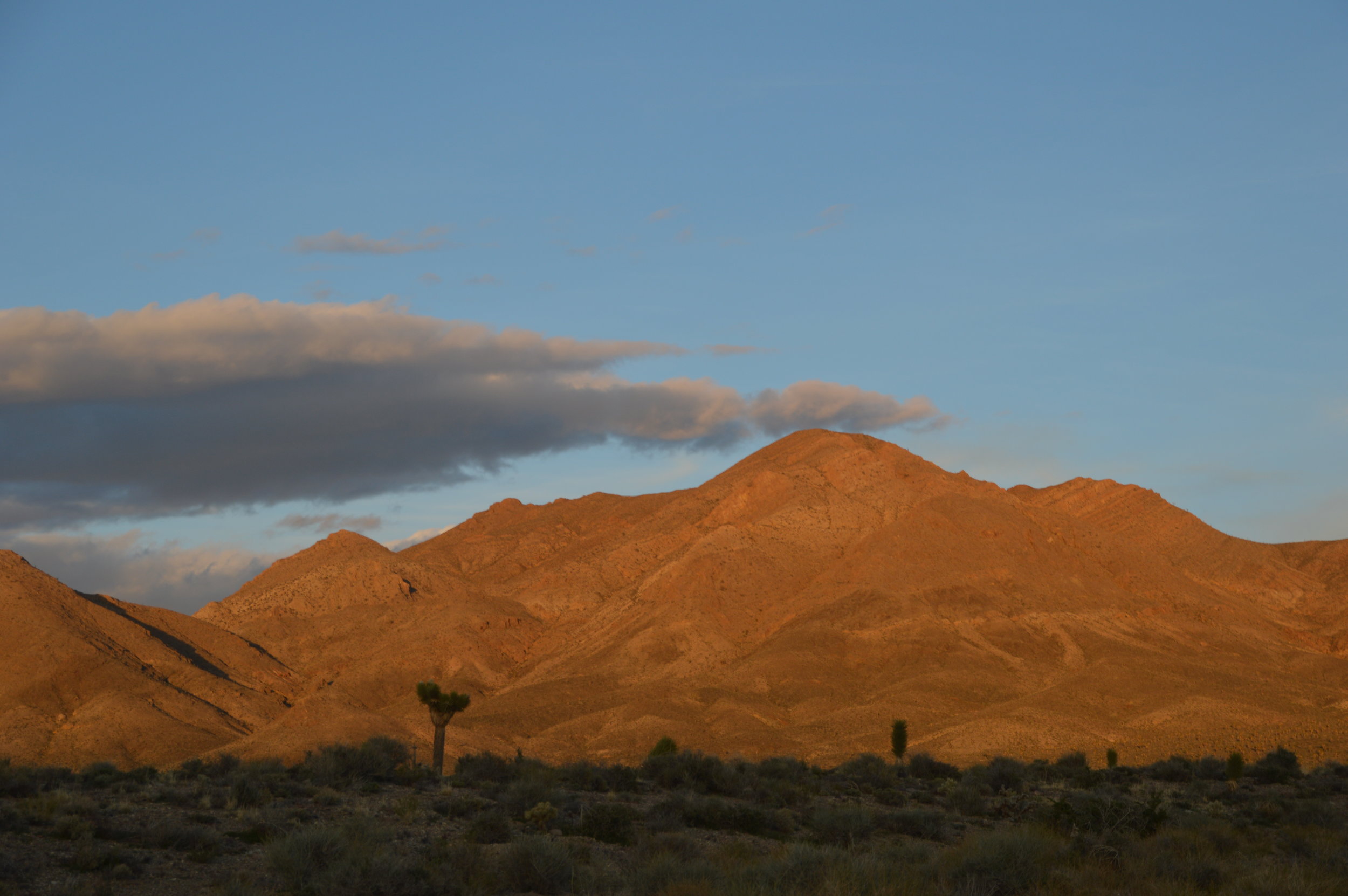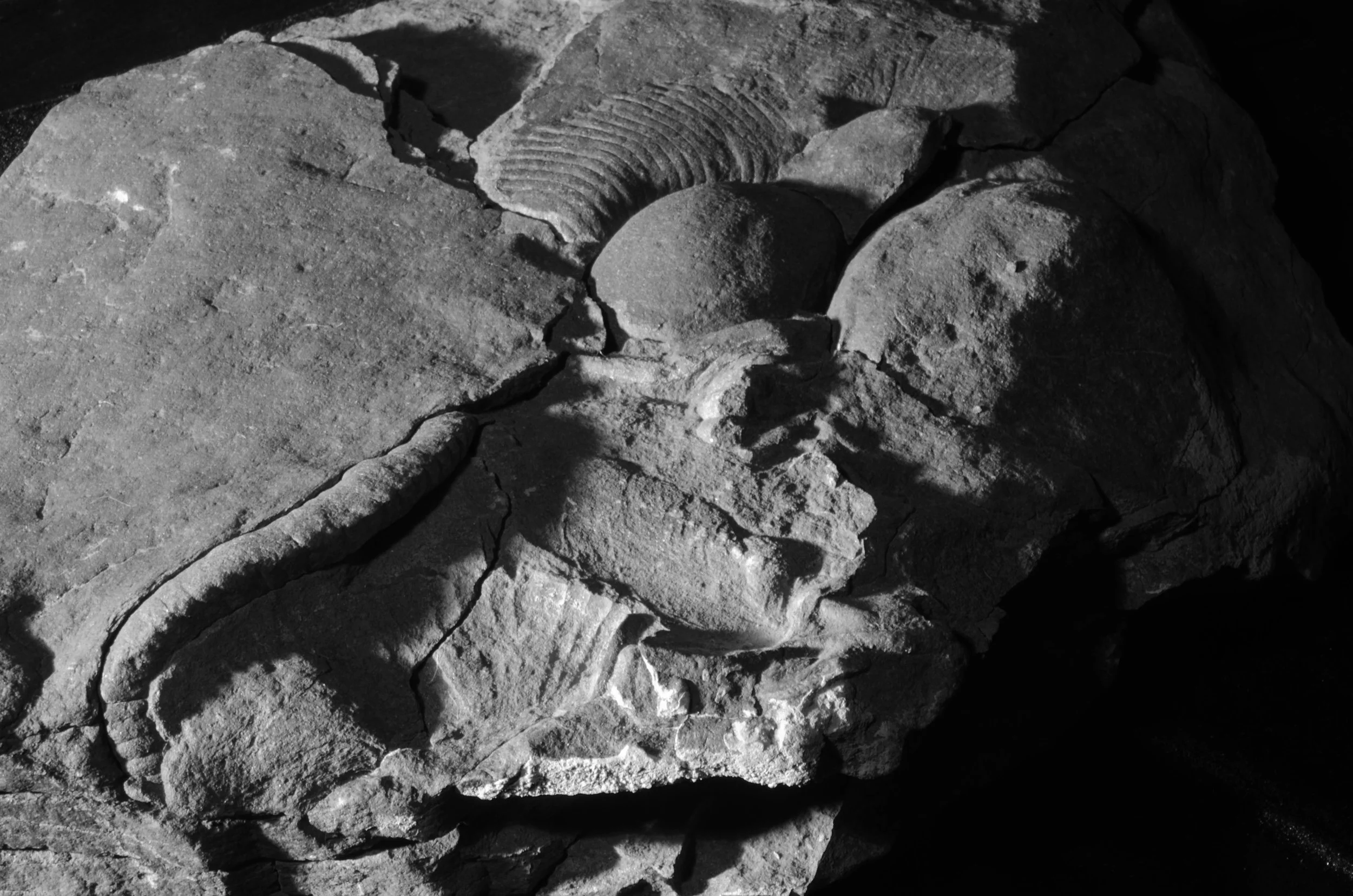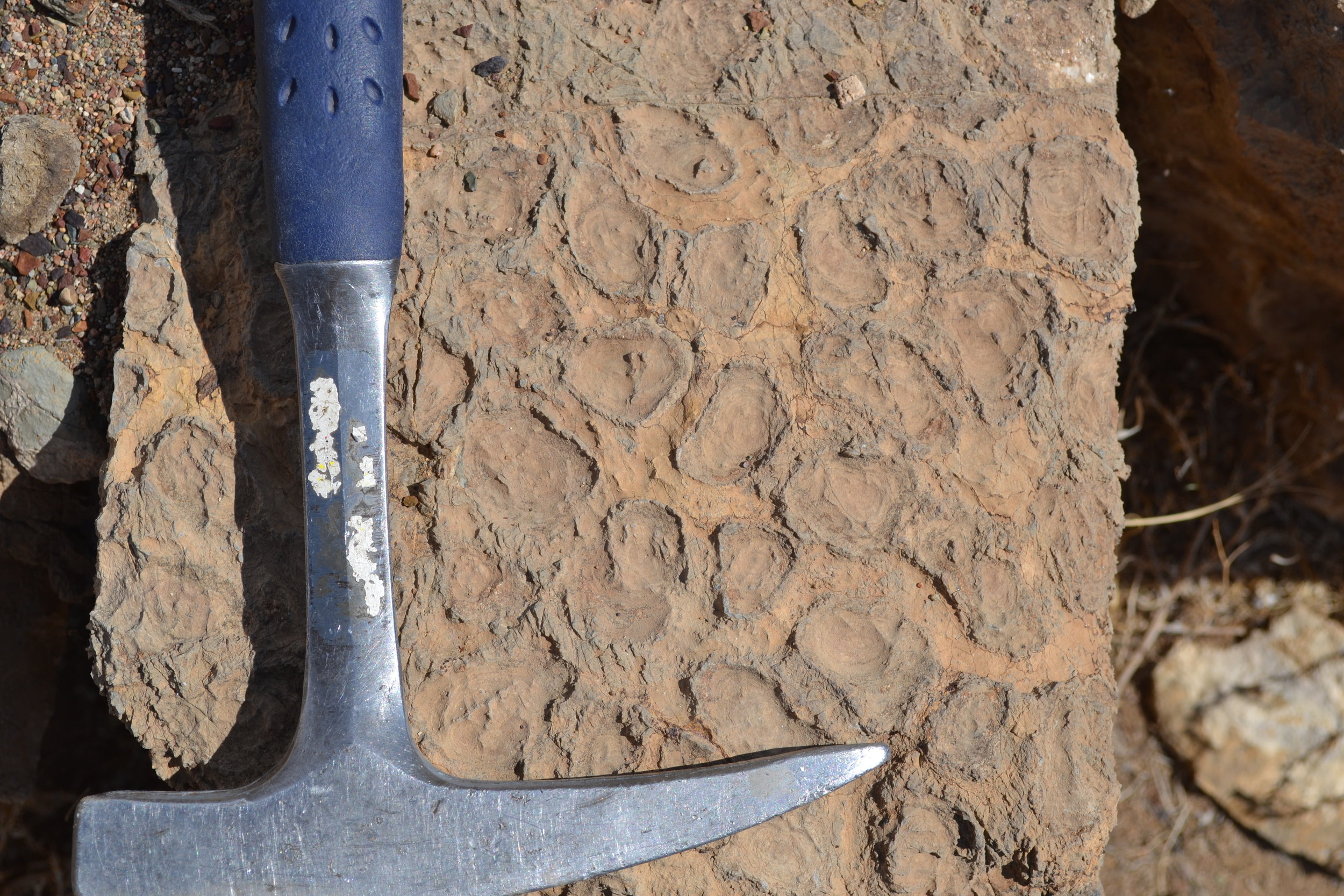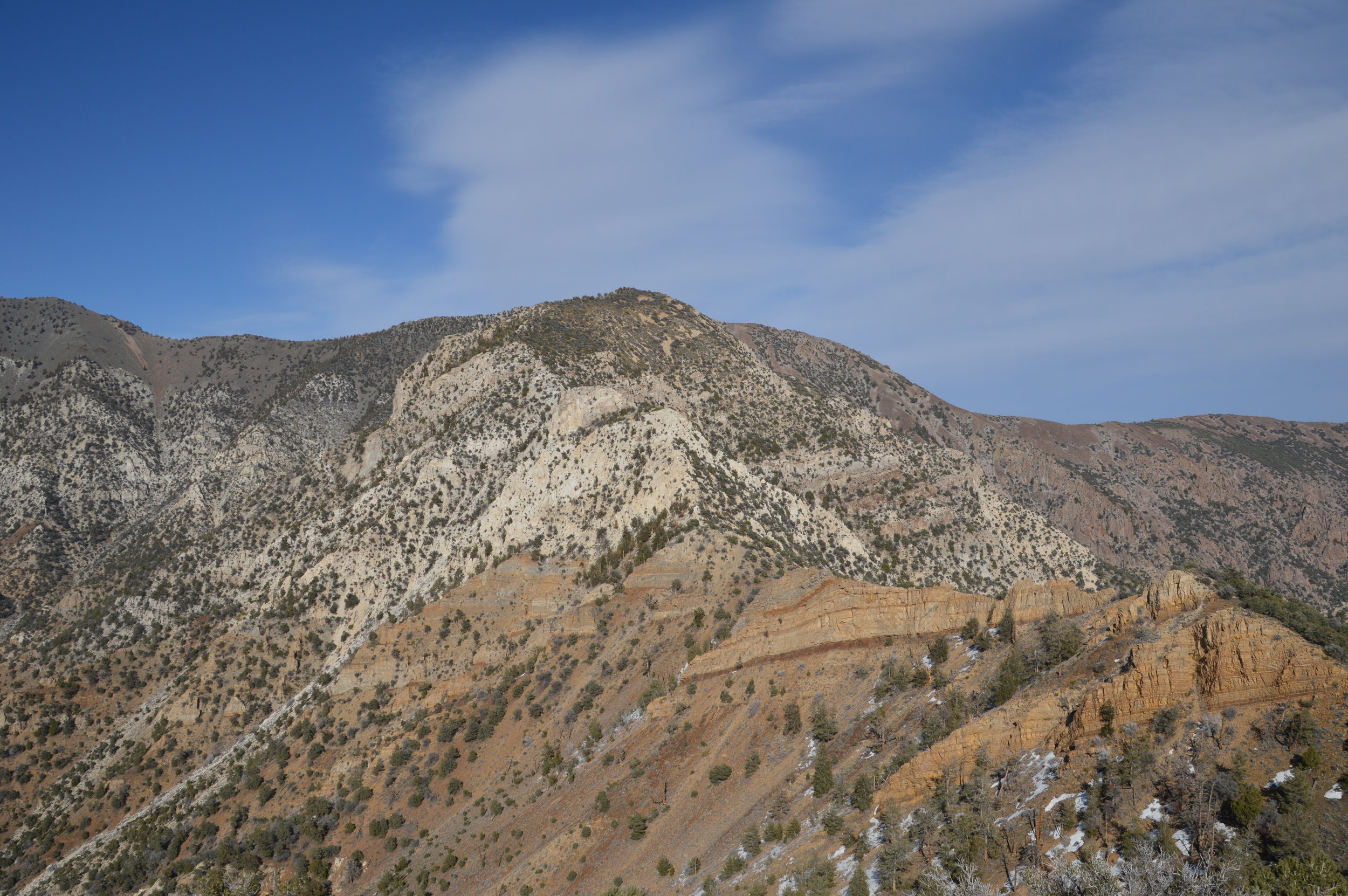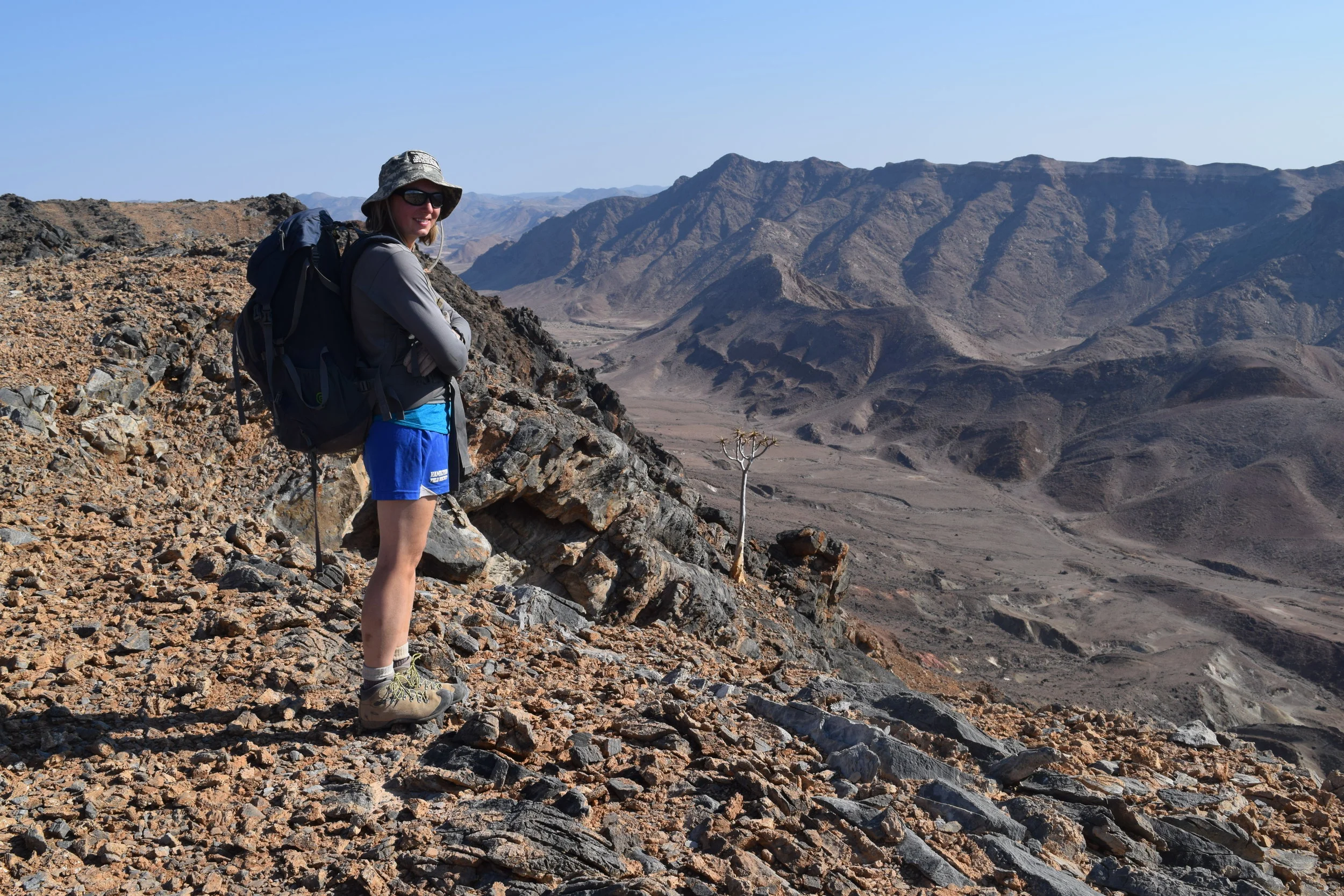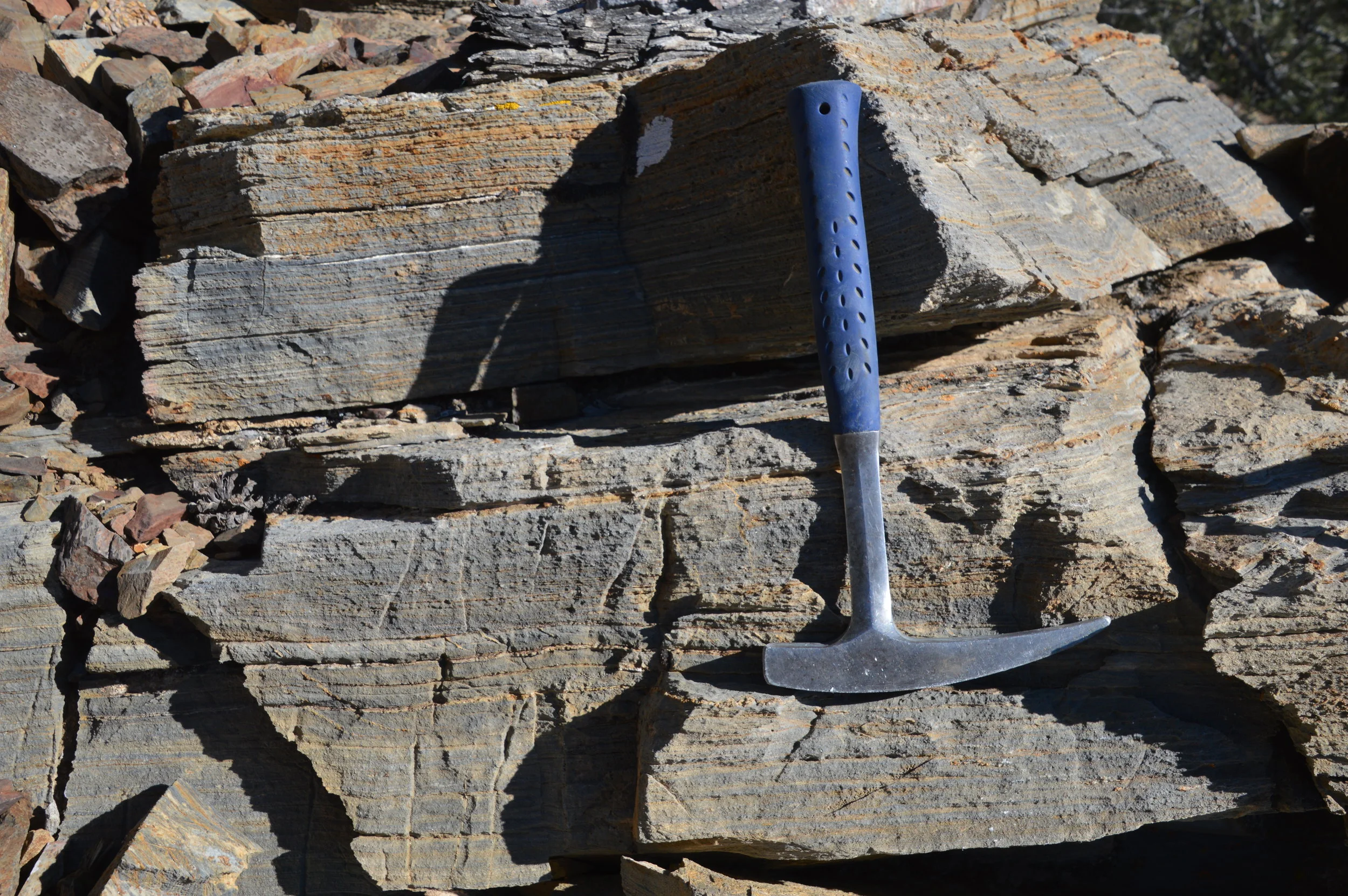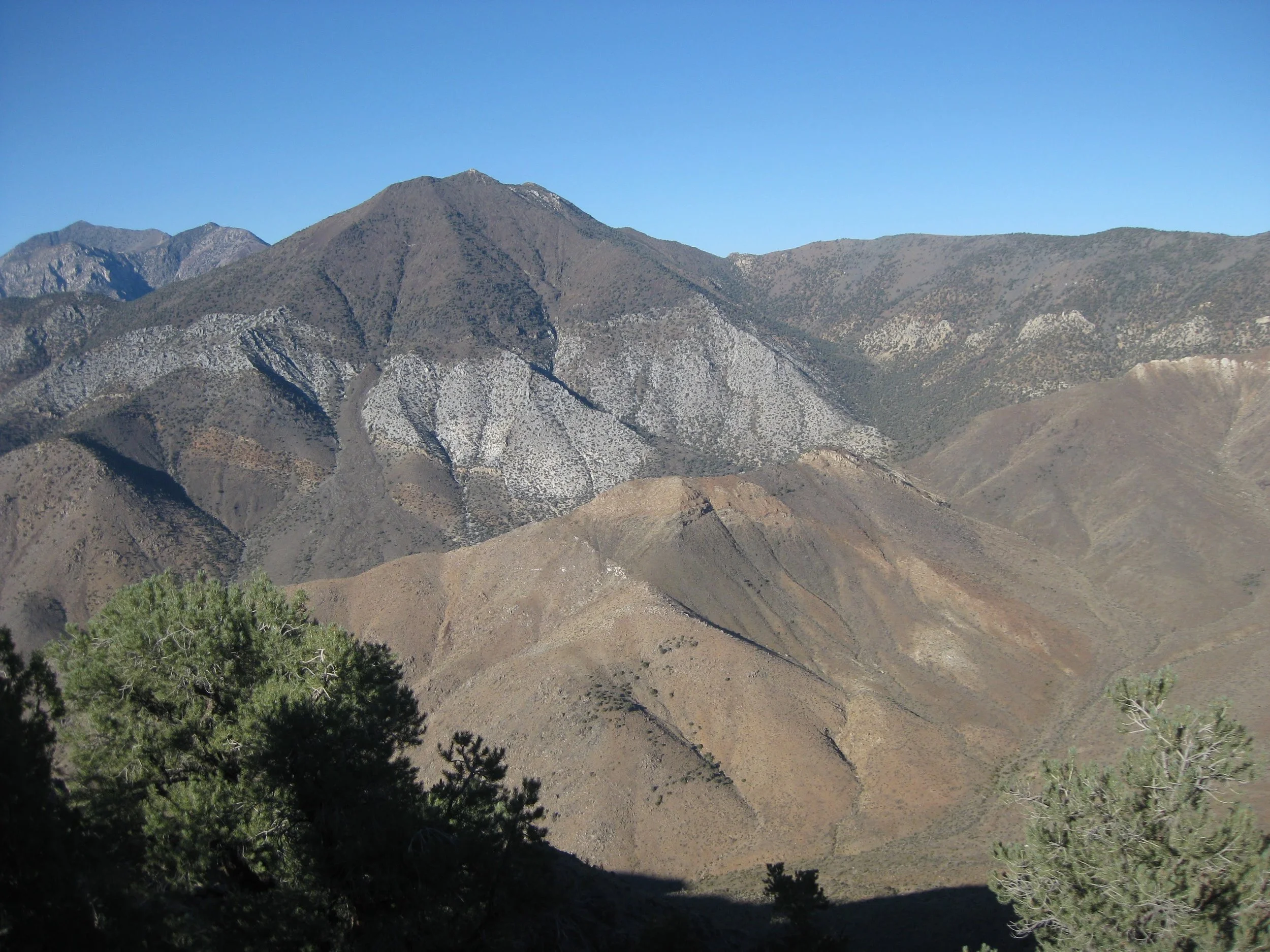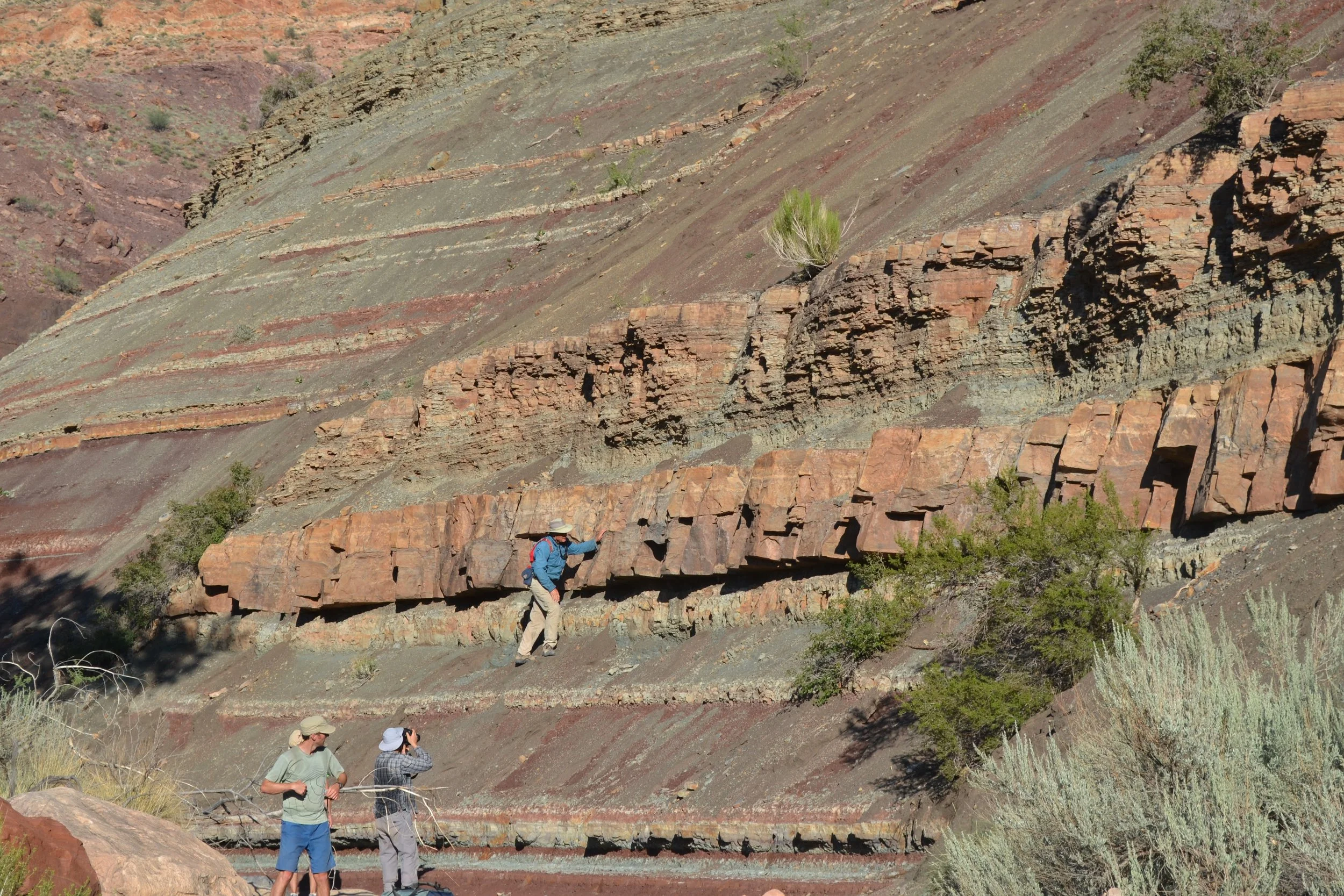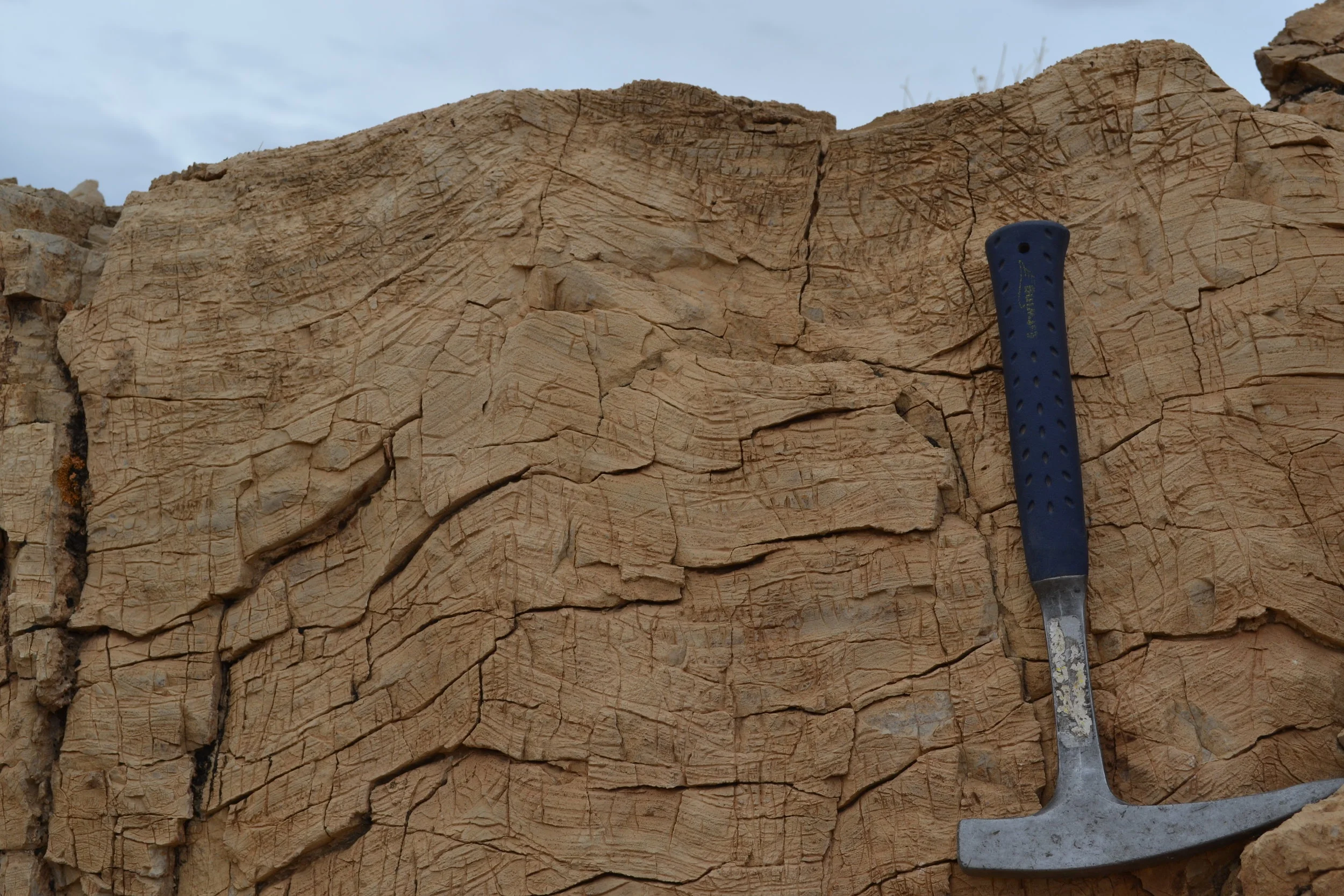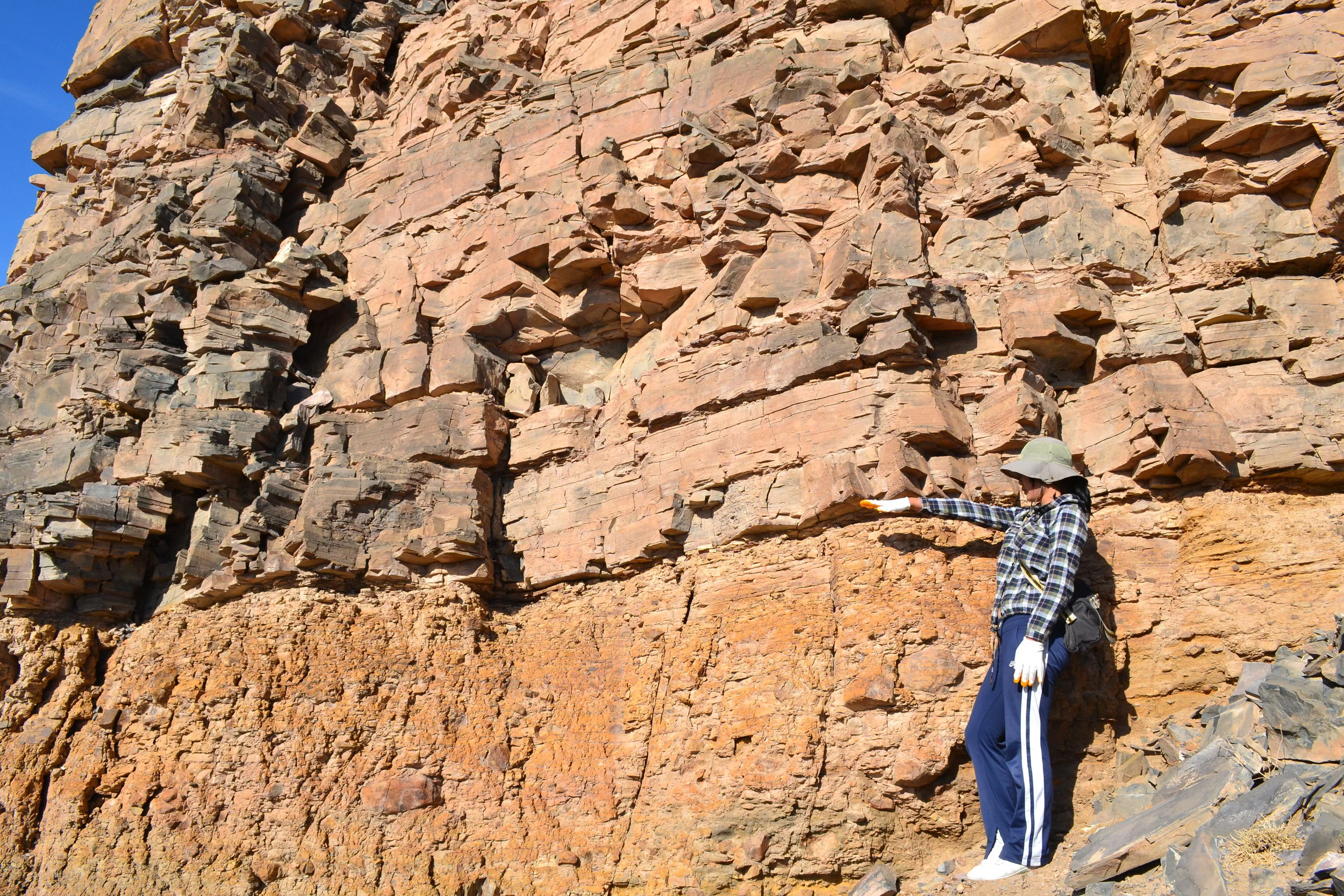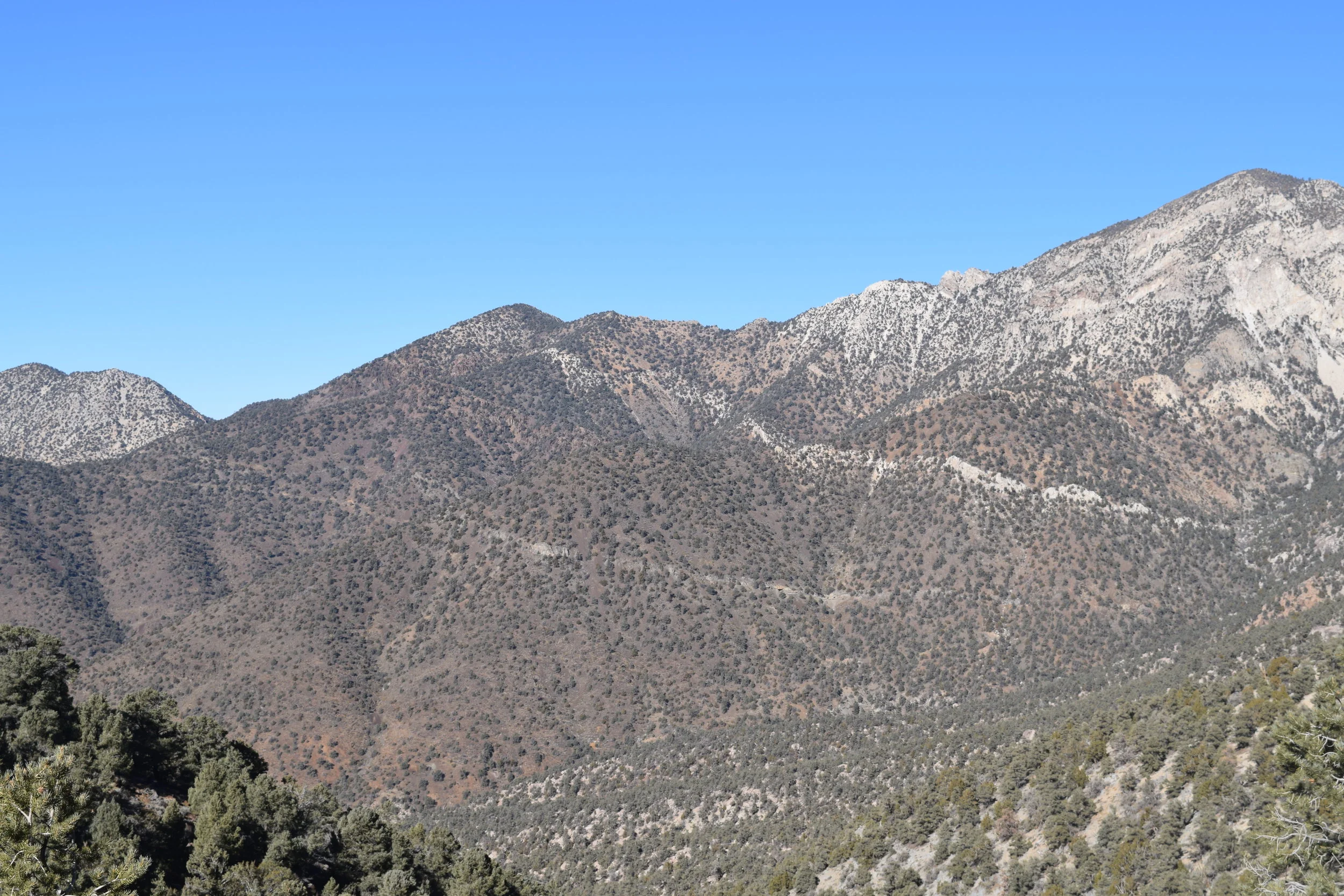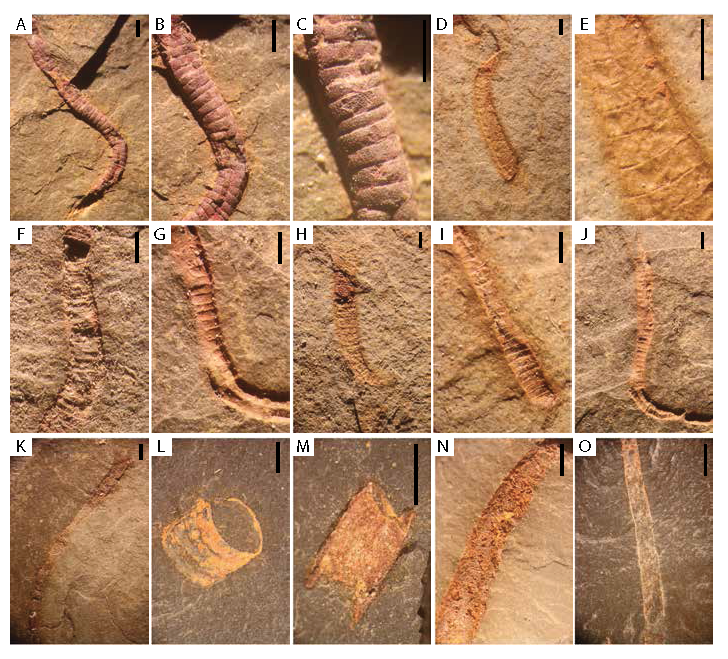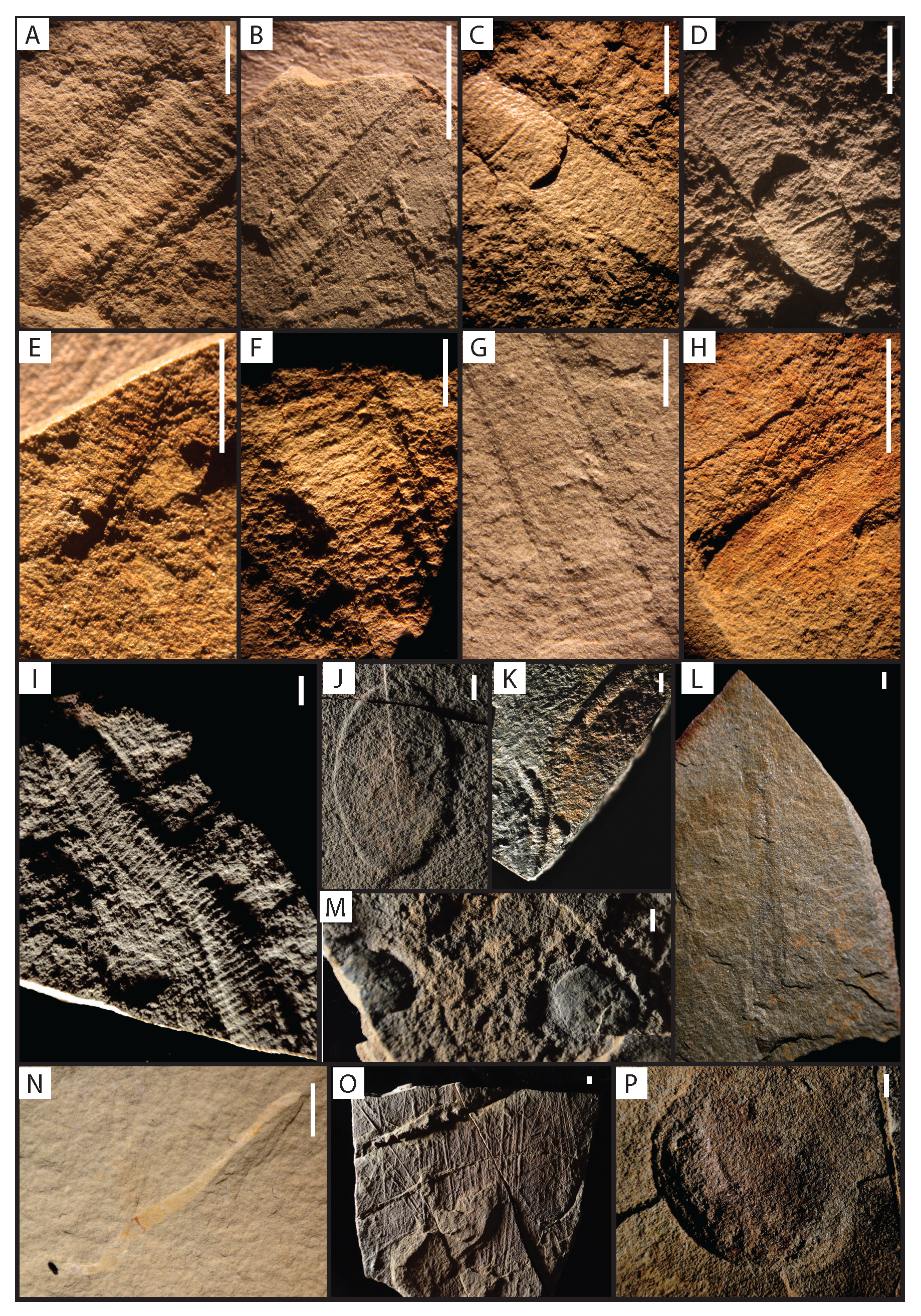Research
RESEARCH PROJECTS
The Cambrian Radiation and Paleoecology
These projects aim to understand co-evolving life and the environment during the early Cambrian. What was the timing and tempo of the Cambrian radiation? What were the mechanisms for change?
There are a few projects related to these questions in Mongolia, the southwest USA, and northern Mexico.
Ediacaran Environmental and Biotic Changes
The Ediacara biota were extant from ~570-539 Ma and represent the first radiation of large, structurally complex multicellular organisms. Why do they disappear from the fossil record? What are their ecological and stratigraphic relationships with animals? How does biotic turnover during the Ediacaran relate to environmental shifts happening during this time interval.
These questions are being answered in the southwest United States, Namibia, and southwest Mongolia.
Tonian biotic and environmental changes, and the Cryogenian Snowball Events
These projects are in Mongolia, southwest USA, and Namibia.
Breakup of the Neoproterozoic Supercontinent Rodinia
What was the timing and nature of the breakup of the Neoproterozoic supercontint Rodinia? And what effect did this have on climate and life?
We address these questions by studying the tectonic evolution of the western margin North America, with a focus in the southern Great Basin. We are currently expanding this work into northern Mexico.
Regional Taphonomy
Ediacaran and Cambrian fossils are preserved in a variety of modes including: phosphatization, cast and mold, calcification, pyritization, and carbonaceous compressions. Additionally, there are sequence stratigraphic, paleoenvironmental, and facies controls on where fossils occur. I am interested in primarily Ediacaran and Cambrian fossiliferous basins in which these paleoenvironmental and taphonomic controls can be teased apart.
Currently, there are regional taphonomy projects in Mongolia, the southwest USA, and Mongolia.
